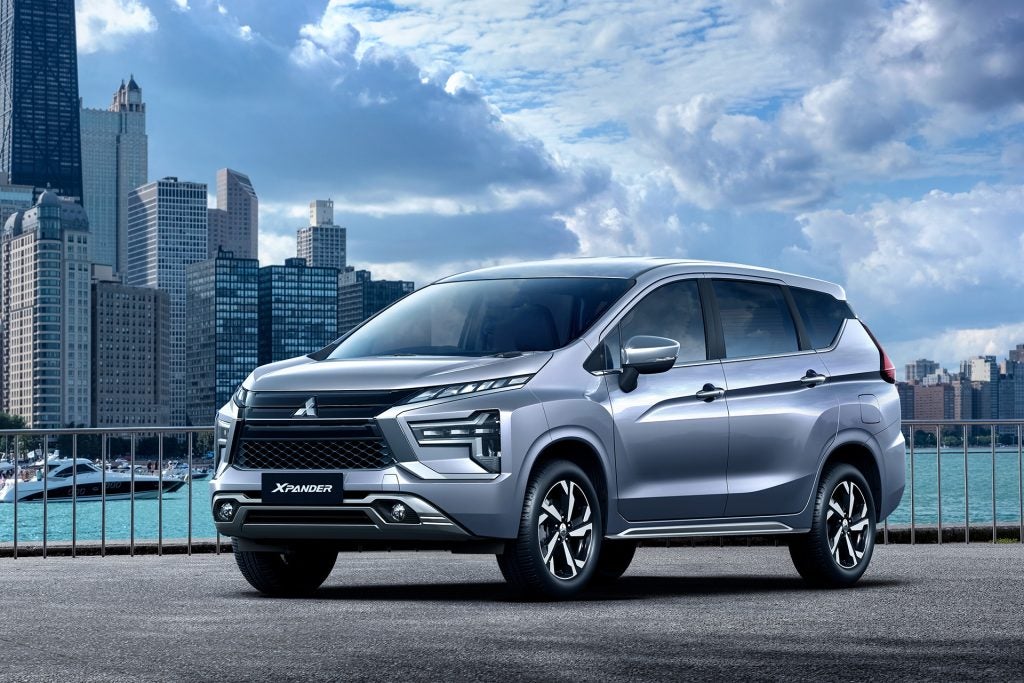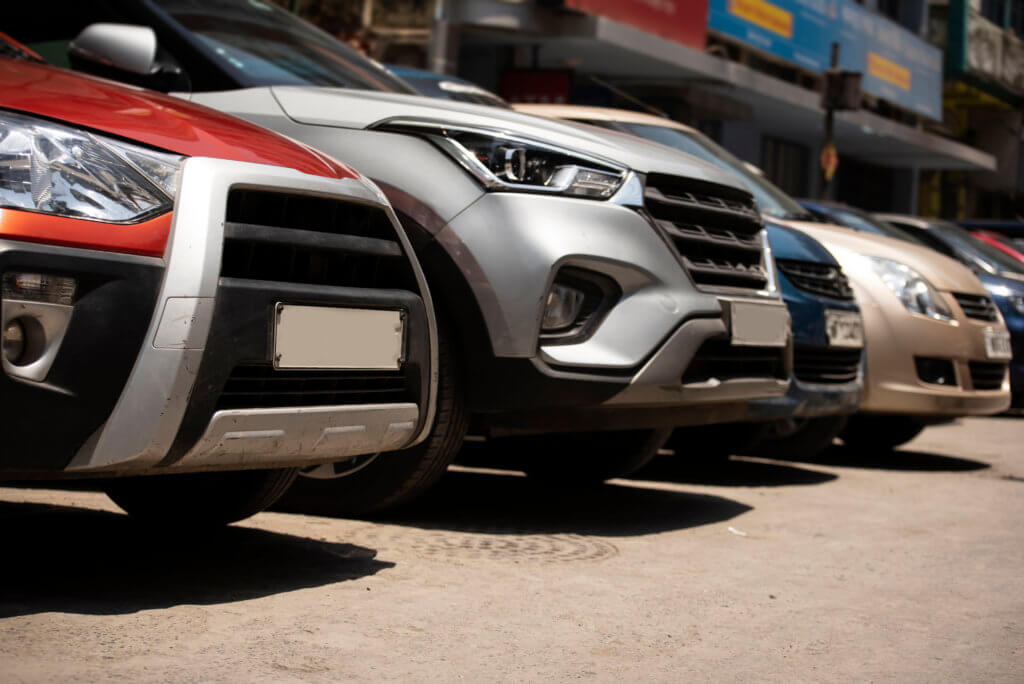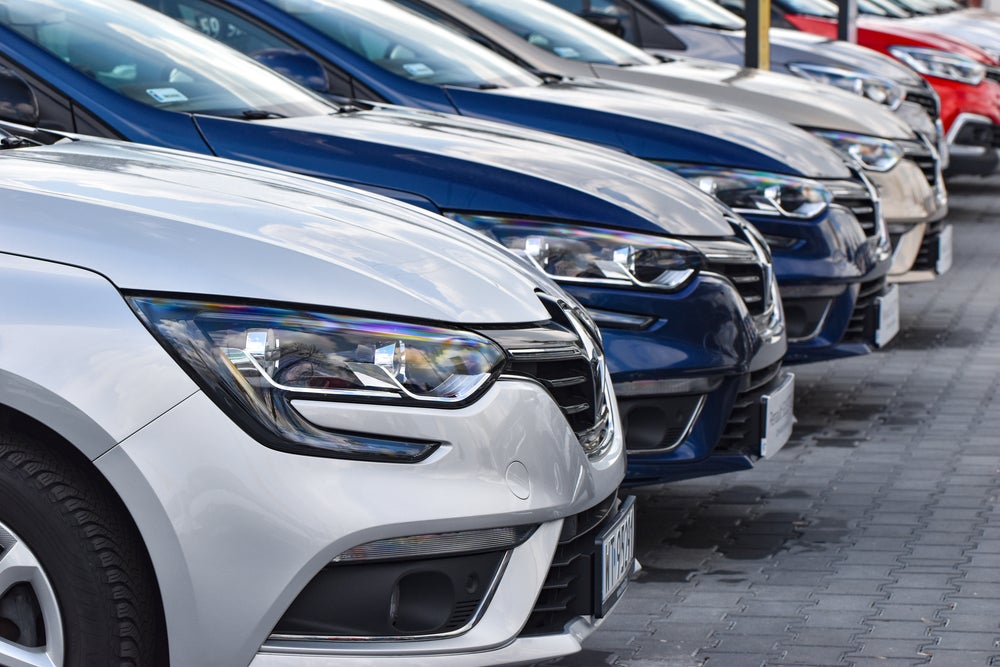Fiat-PSA-Chrysler would be a massive corporate entity – but does it have the right kind of global coverage? Mark Bursa thinks there might still be something missing.
So Sergio is the first to show his hand. The auto industry is set for its biggest shake-up in decades – and Mr Marchionne wants to ensure that Fiat is one of the companies that comes out of the recession in a stronger position.
He’s taking a radical view – only a handful of global groups will survive the recession – one US, one German, one Japanese, one Chinese, one Franco-Japanese – and one European. He’s intimating that the mergers will be big, impressive and difficult to pull off – Ford-GM, anyone? Toyota-Honda?
Of course, Marchionne envisions Fiat at the centre of the ‘European’ survivor. He knows Fiat is in no position to call the shots – despite his efforts at turning the company around, Fiat is still small fry – its global footprint is nowhere near global, for a start. And yet, he’s set up a potential deal that would combine three of the smaller groups into what would become the third-largest automaker in the world – Fiat, PSA and Chrysler.
It’s bold and opportunistic, but will it work? How do the global footprints of these three companies fit together? Is the result a truly global automaker that can challenge Toyota or Volkswagen?
How well do you really know your competitors?
Access the most comprehensive Company Profiles on the market, powered by GlobalData. Save hours of research. Gain competitive edge.

Thank you!
Your download email will arrive shortly
Not ready to buy yet? Download a free sample
We are confident about the unique quality of our Company Profiles. However, we want you to make the most beneficial decision for your business, so we offer a free sample that you can download by submitting the below form
By GlobalDataWell, there are problems. Adding Chrysler addresses one of the core weaknesses of both Fiat and PSA – a lack of presence in the US. But elsewhere, PSA and Fiat have rather similar positions in terms of brand, model range and market representation.
PSA and Fiat are mid-table players in Europe. Strong in small cars; less so in larger vehicles. Crucially, they’re probably strongest in light commercials – because they already work together in three manufacturing projects in Italy, France and Turkey. If you need clear evidence that Fiat and PSA can work together, here it is.
They both have a big presence in South America – largely because they built this together in the 1970s and ‘80s before going their separate ways in the 1990s. But outside the extended Europe, this is the only market where either has a major presence.
OK, PSA’s Chinese venture with Dongfeng is well-established and has made steady progress, but it’s hardly a dominant player. Fiat has got nowhere in China – a failure to sort out a viable plan is a blemish on Marchionne’s record. Having extracted itself from Nanjing Automobile, Fiat tried hopping into bed with Chery – but this has foundered too.
In fact, Chery has had a tough 2008. The company sold 356,000 vehicles last year, down 6.6% from the previous year, and way off its sales target of 480,000 units. You have to question how much Chery wants to get into foreign JVs rather than what it has been doing so successfully – building its own strong local brand in China. Chrysler pulled out of Chery talks too; Chery didn’t put up much of a fight to hang on to either of its potential partners.
Fiat has floundered in China – but it’s fared better in India, where it has a potentially wide-ranging, but so far rather nebulous deal with Tata. Tata and Fiat are similar companies, with a broad base of engineering activities – such as railway locomotives, agricultural equipment and trucks, which both build – in addition to cars.
But again, Fiat is a small player in India – with nothing like the presence of, say, Hyundai. And as for PSA, India might as well not exist. A botched attempt to fob off the geriatric Peugeot 309 model on the Indian market a decade and a half ago left a bitter taste; PSA hasn’t been back.
At least there’s a presence in all the BRICs – though Russia is hardly a booming market for either. Fiat missed out on AvtoVAZ, but has a deal to build LCVs and the Linea sedan with Sollers. PSA is still building its own plant near St Petersburg.
As we’ve seen for the LCV deal, both PSA and Fiat have “collaborative” cultures. PSA’s former chairman Jean-Martin Folz steered the company this way; his successor Christian Streiff has not altered course. Marchionne took notes and copied. The two companies both have a mesh of extended joint ventures on niche models, engines and so on – both have maintained that this strategy works better than full-on mergers.
They have a point. Of the three big 1990s mergers, only one has survived – and Renault-Nissan is far from a full-on merger. DaimlerChrysler and BMW-Rover ended in tears – partly because of the one-sided nature of both deals.
One of the big strengths of Renault-Nissan was the geographical fit. Like Fiat, Renault had no presence in the US or in China. But Nissan did. It has excellent factories in the US and Mexico, and a major Chinese JV with Dongfeng. And it’s a top-three player in Japan, which is not to be sniffed at. Renault has simply built round this – entering India and Russia and bolstering sluggish South American operations. Renault-Nissan’s global reach is as good as anybody’s.
Adding Chrysler to the Fiat-PSA stew does address the US market issue. But apart from a competence in SUVs, pick-ups and large cars, what does Chrysler bring to the party?
Not much else in terms of global presence – though the company was at least thinking along the right lines. Late last year, before the wheels started coming off the wagon, I spoke to Chrysler’s international sales and product development chief Mike Manley, who pointed to a developing relationship with Russia’s GAZ, the possibility of exploiting Jeep in India as a rival to local Mahindra and Tata SUVs, and the potential for exporting from Mexico to South America under various Free Trade Agreements.
Just paying attention to overseas demands had entered the Chrysler mindset: “Our strategy now it to develop products for the regional markets so they have a broader appeal, rather than just taking US products,” Manley said.
There are elements of Chrysler technology that might combine well with Fiat (or PSA) initiatives. Chrysler’s ENVI electric car programme has achieved quick results – decision-making has been speeded up post-Daimler. How might this work when coupled with Fiat’s forthcoming ultra-efficient MultiAir gasoline engines? Or with PSA’s diesel hybrid system? There certainly seem to be plenty of complementary aspects of these technologies.
Of course, Fiat can offer small-car platforms to Chrysler for the US – and make no mistake, US consumers are thinking smaller than ever. President Obama looks like he’ll force through stricter emissions limits, and that’ll spur sales of Chevrolet Aveos and Ford Focuses and Fiestas. Chrysler needs to be in this sector; a car like the Linea – engineered to be robust enough to handle emerging markets roads, so probably capable of handling Detroit’s potholes – might form the basis of a far better small Chrysler than the woeful Dodge Caliber.
The Fiat 500 might succeed too, though launching the Fiat brand would be costly, and US prejudice runs deep. Memories of earlier Fiats aren’t good. Fix It Again Tony, indeed.
Overall, the sense is of an incomplete jigsaw puzzle. Fiat’s money will bale out Chrysler; US Government money will be secured by the deal. Fiat-PSA makes sense in terms of collaboration and economies of scale. But even a three-way deal doesn’t give as strong a global footprint as Renault-Nissan, or even GM and Ford, especially in key growth markets such as China and India – not to mention Japan.
For a truly powerful group to emerge, perhaps an Asian partner is also required. A Hyundai or a Honda, or even a strong Chinese company. But this could prove a difficult task. Hyundai and Honda probably see themselves as masters of their own destiny. Honda’s independence has been central to its entire ethos – the company would be loath to surrender that legacy. And while Marchionne sees no place for a Korean-controlled company in his ‘new world order’, you can bet Hyundai chairman Chung Mong-koo disagrees.
There may be other, easier options. Mitsubishi is surely open to offers – but it has a far smaller footprint than Toyota, Honda and Nissan. However, the brand is strong and the technology is good. And Mitsubishi does have a presence in China, largely through licence production of engines and LCVs.
Suzuki is another option, though its main asset is its ability to build small cars – and that is something Fiat probably believes it has in abundance. As a dark horse, what about a bid for Mazda? Ford has maintained that it doesn’t need to sell Mazda, but the cash would come in handy. There are links with Fiat and Ford – notably the new Ka, which Fiat makes in Poland for Ford.
Is the will there to add an Asian partner? There’s no evidence yet. And Fiat would have to raise the money to do these deals , which won’t be easy in the current economic climate. And pulling together such a corporate beast would be a monumental task, even for the chainsmoking guy in the pullover. But if anybody can do it, Sergio Marchionne is probably your man.
‘Coolbear’
See also: HOT TOPIC: Fiat and Chrysler plan a partnership







